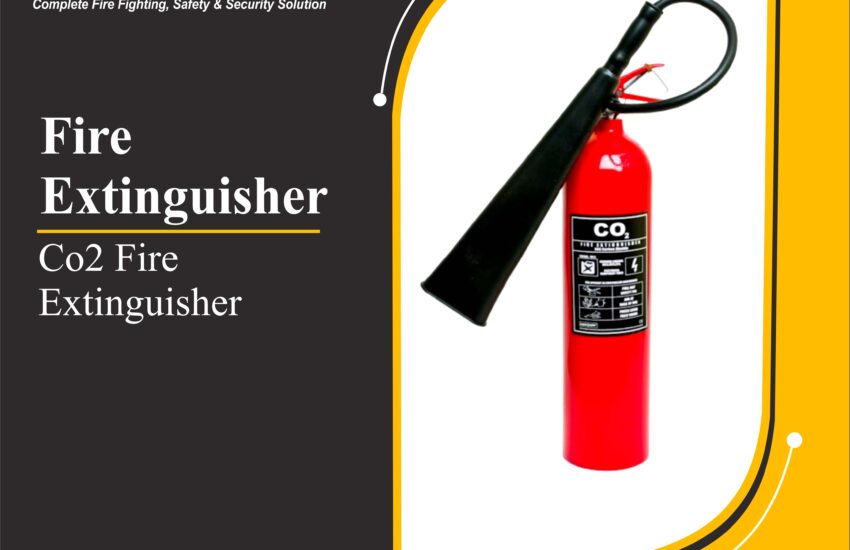Co2 Fire Extinguisher Class B & C is designed specifically to combat fires involving flammable liquids (Class B) and electrical equipment (Class C). Unlike other extinguishers, CO2 displaces oxygen and removes heat, making it extremely effective in specific fire scenarios without leaving any residue.
These extinguishers are commonly used in offices, server rooms, laboratories, industrial settings, and areas with sensitive electronics.
How Does a Co2 Fire Extinguisher Class B & C Work?
A CO2 extinguisher releases high-pressure carbon dioxide gas that cools the fire and displaces the oxygen around it. By suffocating the flames and reducing the temperature, it quickly puts out Class B and C fires.
- No residue is left behind
- Non-conductive, making it ideal for electrical fires
- Cools and smothers fire simultaneously
Fire Classes Covered: Class B & C
🔥 Class B Fires:
Involve flammable liquids such as:
- Petrol
- Diesel
- Paint
- Solvents
- Oils
⚡ Class C Fires:
Involve electrical equipment such as:
- Computers
- Servers
- Switchboards
- Appliances
- Circuit panels
CO2 extinguishers are not suitable for Class A fires (solids like paper, wood, fabric) as they may not cool the fire enough to prevent re-ignition.
Where CO2 Fire Extinguishers Are Used
These extinguishers are ideal for areas such as:
- Server rooms and data centers
- Electrical cabinets and switch rooms
- Laboratories
- Industrial plants
- Gas stations
- Offices with electronic devices
- Commercial kitchens
Advantages of CO2 Fire Extinguishers
Leaves no residue – safe for electronics
Ideal for live electrical fires
Fast and efficient fire suppression
Non-corrosive and clean agent
Requires no cleanup after discharge
Disadvantages
Ineffective on Class A fires
Risk of frostbite if used improperly (discharge horn gets extremely cold)
Short discharge range and time
Not ideal for windy or outdoor areas
How to Use – PASS Technique
- Pull the safety pin
- Aim the horn at the base of the fire
- Squeeze the handle
- Sweep side to side slowly
⚠️ Always aim from a safe distance and do not hold the horn directly if it’s not insulated.
Maintenance & Inspection Tips
- Inspect monthly for pressure and damage
- Service annually by certified professionals
- Ensure the discharge horn is intact and secure
- Keep away from heat sources
- Clearly label and mount in accessible locations
Compliance & Safety Standards Co2 Fire Extinguisher Class B & C
Ensure your extinguisher complies with:
- NFPA 10
- OSHA fire safety guidelines
- ISO 9001:2015
- Local fire codes and inspection standards
Proper training in fire extinguisher usage should be provided to staff or occupants.
Conclusion
A CO2 fire extinguisher is an essential tool for protecting spaces with flammable liquids and electrical equipment. Its ability to suppress fires without leaving residue makes it ideal for sensitive areas like server rooms, data centers, and labs.


